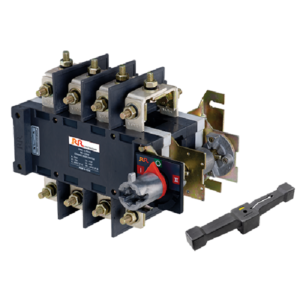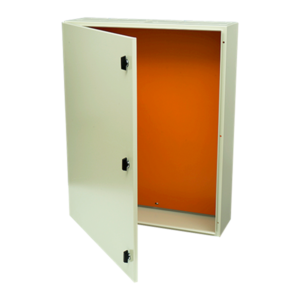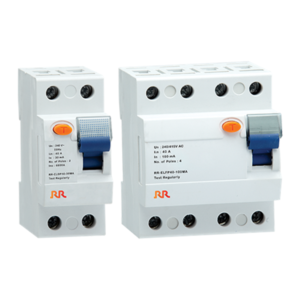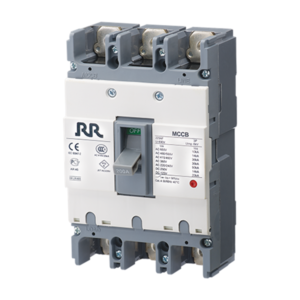Miniature Circuit Breakers (MCBs)
Miniature Circuit Breakers (MCBs) are protective devices used in electrical circuits to prevent excessive current flow that could lead to overheating, fire, or equipment damage. They are a common component in residential, commercial, and industrial electrical systems.
How MCBs Work:
Overcurrent Detection: MCBs continuously monitor the current flowing through the circuit. When the current exceeds a predetermined threshold, the MCB trips.
Circuit Interruption: When the MCB trips, it physically interrupts the electrical circuit, preventing further current flow.
Resetting: Once the fault is corrected, the MCB can be reset to restore power to the circuit.
Types of MCBs:
Thermal MCBs: These MCBs use a bimetallic strip that bends when heated by excessive current, causing the contacts to open.
Magnetic MCBs: These MCBs use a magnetic coil that becomes energized when the current exceeds a certain level, causing the contacts to open.
Thermal-Magnetic MCBs: These MCBs combine the features of thermal and magnetic MCBs, providing protection against both overload and short circuit conditions.
Applications of MCBs:
Residential Wiring: Protecting individual circuits in homes and apartments.
Commercial Buildings: Protecting circuits in offices, retail spaces, and industrial facilities.
Industrial Machinery: Protecting electrical components in industrial equipment.
Data Centers: Protecting servers, network equipment, and other critical components.
Benefits of Using MCBs:
Safety: Prevent electrical fires and injuries by interrupting circuits before they become dangerous.
Protection: Protect valuable equipment from damage caused by excessive current.
Convenience: Easy to reset and replace, minimizing downtime.
Reliability: Provide reliable protection against overcurrent conditions.
Choosing the Right MCB:
When selecting an MCB, consider the following factors:
Current Rating: Choose an MCB with a current rating appropriate for the circuit it will protect.
Trip Curve: Select a trip curve that matches the expected load characteristics and desired protection level.
Pole Number: Determine the number of poles (single-pole, double-pole, etc.) needed for your application.
Voltage Rating: Ensure the MCB is compatible with the voltage of your electrical system.






Reviews
There are no reviews yet.